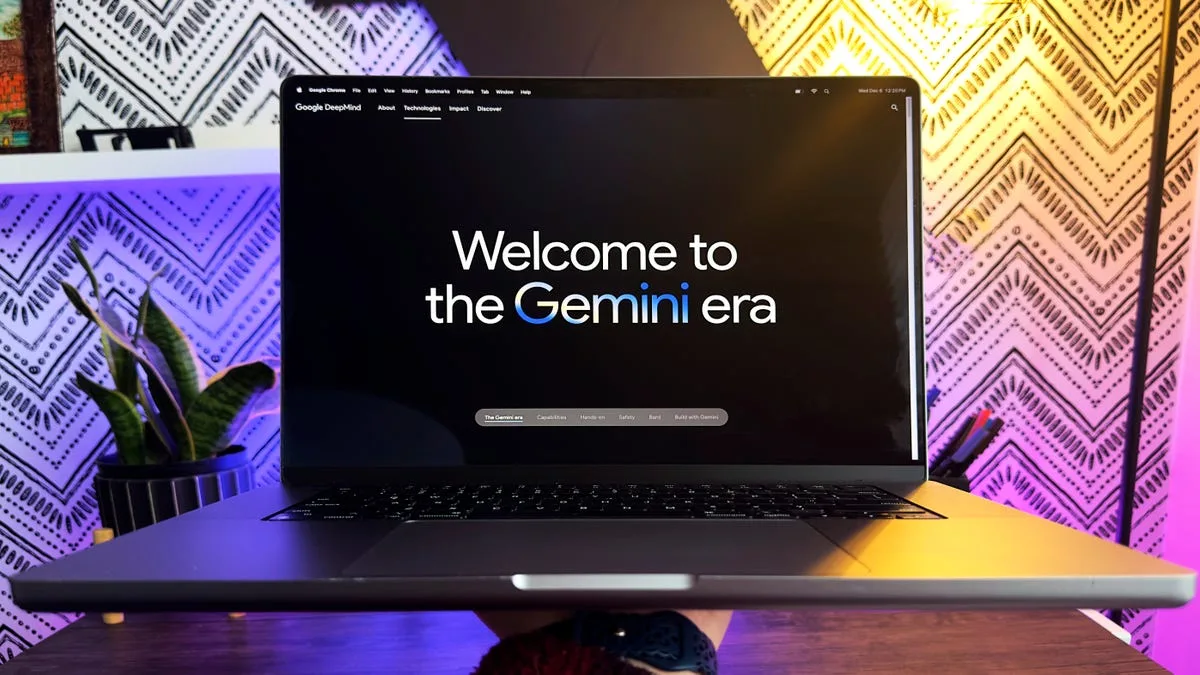Republicans Poised to Release Crucial Spending Bill Ahead of Deadline
Las Vegas — A Race Against Time
As lawmakers in Washington prepare to navigate the complexities of fiscal policy, Republicans are set to unveil the text of a significant spending bill over the weekend, ahead of a fast-approaching March 14 deadline. Sources from Politico report that this proposed legislation aims to serve as a temporary measure to avert an impending government shutdown, creating an air of urgency in political circles.
Budget Reductions on the Table
This budget proposal is ambitious, featuring a blueprint that hints at a staggering $880 billion in spending cuts, predominantly suggested by the Energy and Commerce Committee. While the specifics regarding Medicaid funding have not been directly addressed, there are anticipations that cuts to this essential program will be a significant area of focus.
Expert Insights from HIMSS
During HIMSS25, the Healthcare Information and Management Systems Society’s annual conference, Tom Leary, Senior Vice President and head of Government Relations at HIMSS, shared his perspectives on the potential ramifications of the proposed cuts. Leary expressed skepticism about the likelihood of the cuts being as pronounced as the $880 billion figure suggests, signifying a cautious optimism regarding Medicaid’s future.
The Future of Telehealth at Stake
Among the pressing issues tied to this spending bill is the continuation of telehealth and remote patient monitoring provisions, which are poised to lapse on March 31. HIMSS has long advocated for a permanent extension of these vital services. As remote patient monitoring facilitates healthcare delivery directly in patients’ homes, the stakes are high.
A Confident Outlook on Telehealth
Leary conveyed a sense of optimism, stating, "We’re hearing confidence telehealth will be extended." His remarks suggest that bipartisan support exists for the continuation of these services, highlighting a growing recognition of their importance in modern healthcare delivery.
Trump Administration Uncertainty
Adding another layer of complexity to the political landscape, Leary mentioned the uncertainty surrounding the direction of the Trump administration. This uncertainty raises questions on how the administration’s policies will affect healthcare funding and regulatory practices moving forward.
Broadening the Scope: HIMSS’s Key Focus Areas
Beyond the immediate budget and healthcare implications, Leary outlined several fundamental focus areas for HIMSS this year. A major emphasis will be placed on artificial intelligence (AI), particularly its responsible use in the healthcare sector. As technology continues to advance, healthcare organizations grapple with the global standards that will govern its application.
Global Influence on AI Regulations
Leary pointed out the broader impact of international regulations on healthcare in the U.S. He referenced the European Union’s recent AI framework, which is expected to serve as a model for global corporations. “Global companies are not inclined to create different frameworks for different regions,” he noted, emphasizing the interconnectedness of the global economy.
The Cybersecurity Landscape
The issue of cybersecurity, another key focus area for HIMSS in the climbing year, mirrors the need for a cohesive international approach. As highlighted by Leary, the EU has adopted comprehensive cybersecurity legislation, posing challenges and opportunities for companies navigating the terrain in the U.S.
Navigating Digital Health Transformation
The digital transformation of healthcare is not just a trend; it’s a necessity. HIMSS is prioritizing how digital health solutions evolve and proliferate within the industry. This transformation is pivotal for enhancing patient care, reducing costs, and improving agile responses to healthcare needs.
The Workforce Challenge in Healthcare
Lastly, Leary underscored the challenge of workforce adequacy in healthcare settings. Institutions must rethink their strategies to attract and maintain talent in a rapidly evolving industry. The convergence of technology and healthcare delivery calls for a workforce that is adaptable and skilled in both realms.
Conclusion: Future Uncertainties Loom
As the political landscape shifts and the deadline for the spending bill approaches, healthcare stakeholders remain on edge. The potential cuts to Medicaid, the fate of telehealth services, and broader implications for AI and cybersecurity reflect an intricate web of considerations. As Tom Leary and HIMSS advocates continue to monitor developments, the industry watches eagerly, knowing that the outcomes will shape the future of healthcare in the United States.







